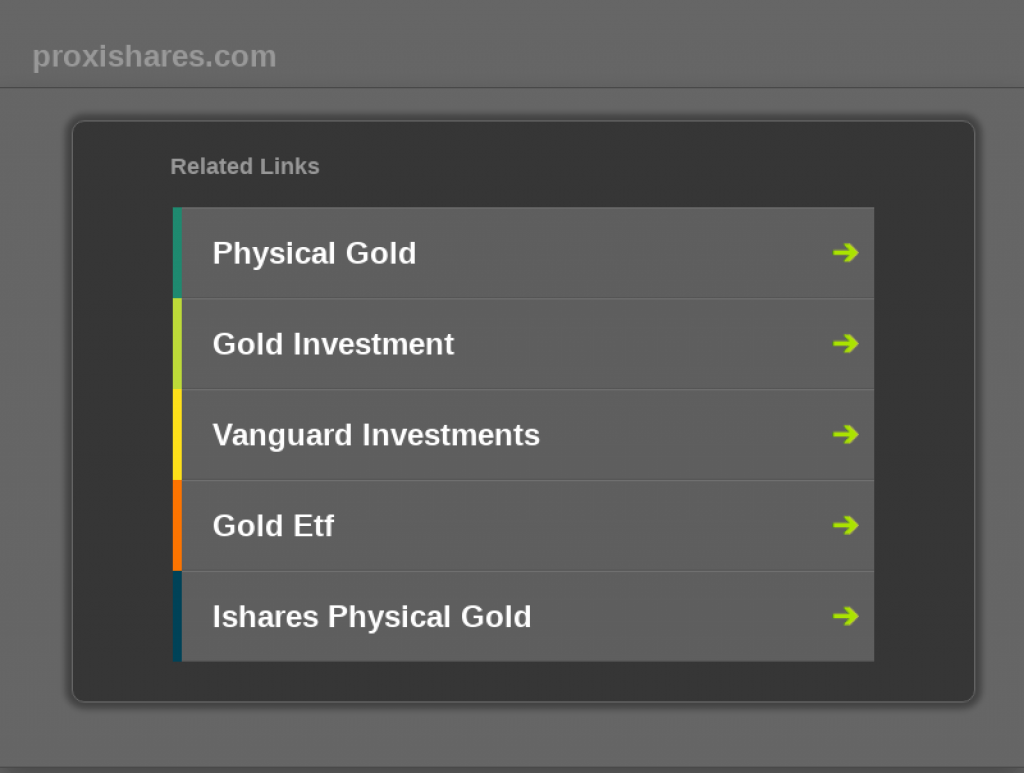.png)
.png)

In 2018, we are in an exciting time where modern technologies have the chance to lead us into social changes. Living in the age of information exchange and the Internet, human collaboration and communication break through time and space constraints, and the world becomes an overall interactive platform. In the last few years, the Internet has entered a new business format of “Internet +”. In this stage, a new form of economic and social development of “Internet + all traditional industries” driven by knowledge and social innovation 2.0 provides a broad network platform for the reform, innovation and development of various industries. During this day and age, the data exchanged is entering an exceptionally critical phase of advancement as we know it, where the items can be associated with each other through the Internet; this stage is known as the third wave of the improvement.
The world’s data industry is following the personal computer and the Internet: the age of the Internet of Things (IoT). Web of Things innovation contains two main divisions. To begin, the center and establishment of the Internet of Things is essentially the Internet, the Internet of Things is an expansion of the Internet; second, the customer side of the Internet of Things reaches out to the data trade and retains correspondence between any objects, which is purported question regarding interrelation. Bitcoin (Nakamoto 2008) seemed to be the word on a blockchain that promised the inspirations of both digital cash and smart contracts. Although it captured the attention of the cypherpunks, media and hodlers, it failed to make a mark on business. Ethereum (Woods 2014) attempted to fulfill the smart contract promise with an “unstoppable world computer” while Bitshares (Larimer et al 2014) strove to open up the market for tradeable assets. Hundreds of alternative Bitcoin blockchains or altcoins strove to make a small difference seem louder.
Corda (Brown et al 2016) backed away from blockchain entirely and explored party to party workflow solutions. We are tantalisingly close but no prize has yet been awarded - by the end-users. It is timely to then take a fresh look at what the demand is for, from their perspective, and lay down the basis and a vision towards creating a practical and performant. Different patterns show that blockchain innovation is growing its applications in ever-increasing ways, for example, digital cash and savvy contracts, while the prior pertinent advances neglected to break the association boundary between the virtual system and this present reality. Applying the blockchain to the Internet of Things and brilliant frameworks and associating the labels and personality labels in reality to the virtual system by means of RFID innovation will effectively assemble this association, at last accomplish the interconnection of all things and make the time of Value Internet of Things (VIoT).
The Internet, which translates to "Internet +" in the IoT space, and then to the Internet of Things, all encompass stages which have not found a solution for the problem of centralization. Under the current centralization structure, it is difficult for the Internet of Things space to accomplish real autonomous cooperations and produce effective transactions, because the selected groups of such cooperation and transactions often belong to different shareholders with complex and uncertain trust relationships which is difficult to dissect. Therefore, the collaboration and transactions of the current Internet of Things devices can only be carried out under the same trust domain, the devices to collaborate and trade must be provided or verified by the same Internet of Things service provider, which significantly reduces the true commercial value of the Internet of Things applications.







.png)